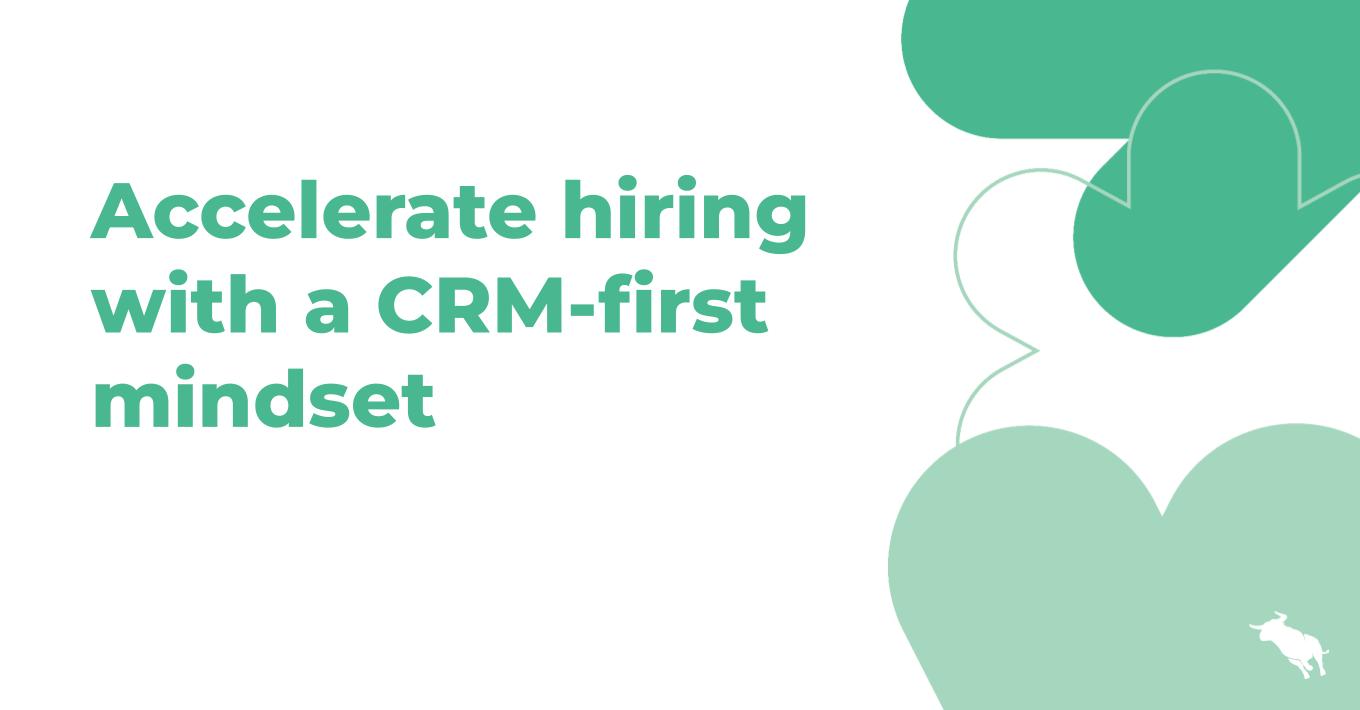How to find clients for your recruitment agency: 5 ways to win new business

The recruitment industry is built on relationships, literally and figuratively. Many new business owners get up and running by building relationships with a few tried and true clients. But how can you find clients for your recruitment agency?
It’s a struggle that faces new and tenured recruitment agencies. Wherever your business is on its journey, prospecting new clients is essential for finding and maintaining success. Here are five ways to prospect new clients and build lasting relationships.
Before you start: identifying your target industry and clients
Determining which industries and companies to target is a pivotal step in growing your recruitment agency. By researching the ins and outs of various industries, you can pinpoint those that best align with your agency’s expertise and aspirations. Consider your current foothold and desired expansion areas, focusing on industries where you have excelled in filling specific roles or aspire to make a mark in the future. Understanding the target roles and qualifications sought after in these industries enables you to showcase your agency’s ability to identify and place top-tier candidates. With an eye on industry trends and client needs, your agency can carve out a niche and thrive in the competitive recruitment landscape.
Researching potential industries and companies to target
- Understand the target industries and companies that align with your recruitment agency’s expertise and goals.
- Consider which industries you currently occupy or want to occupy, and the specific roles within those industries that you have successfully filled or hope to fill in the future.
- Research potential clients in these industries to understand their recruitment needs and preferred working relationships.
Focusing on target roles and qualifications for prospective candidates
- Understand the specific roles and qualifications that are most sought after in your target industries, based on your past successes and future goals.
- Research the key skills, experience, and education required for each position.
- Showcase your recruitment agency’s expertise on the most relevant candidates for these roles.
Understanding the hiring process of your potential clients
- Understand the hiring process of your potential clients by researching their industry, company size, and recruitment needs.
- Use this information to tailor your recruitment approach to meet their specific requirements, showing that you understand their needs and can provide suitable candidates.
- Be prepared to discuss their hiring timeline, preferred communication method, and any specific requirements they may have for their candidates.
1. Leverage candidate relationships
You can’t meet your clients’ hiring needs without qualified candidates. Likewise, building strong client relationships is difficult if you haven’t built great relationships with your candidates. When you work with a new candidate, always ask if they have worked with a recruiter before and if a recruiter had ever placed them at one of their previous positions. This can help in a few ways: it sets the expectation of how your partnership will help them in their job search, and it will help you identify businesses that work with recruitment agencies/
If you know that Candidate A was placed at XYZ company by a competing recruitment agency, this gives you a potential lead with a new prospective client. You now know they are open to working with recruitment agencies.
2. Utilise job boards
Job boards are not just for candidates anymore. They also help recruitment agencies find new business and prospect new clients.
When recruiting companies post positions on their websites or public job boards, they aren’t altering the published job description very much. Run a search on the entirety or a portion of a posting, and you may find results leading you directly to the end client—a new potential lead for your recruitment agency.
3. Ask for referrals
Sales can live or die by your willingness to ask for referrals from previous clients. Don’t necessarily focus on the “successfully sold” clients you have in your Rolodex to ask for these referrals.
Think about clients you have worked with who didn’t buy but with whom you had formulated a good relationship. These potential clients weren’t able to move forward just due to timing, approvals, or budget.
Think about points of contact who’ve recently transitioned to a new company but can provide insight into the right person to contact at their new or former company.
Consider going old school and sending out handwritten thank you notes to your clients with a few copies of your business card—one for them and one to pass on to a friend. These personalised touches can go a long way in an increasingly digital world.
4. Research
Research your competition. Look at their websites for testimonials from clients or logos of their partnerships.
Not many companies have exclusive contracts with one recruitment agency anymore and will sign multiple contracts to increase the probability of filling their vacancies. Even though they may have an existing partnership with your competition, they may still be looking for additional recruitment agencies to work with.
5. Network
Leverage your network—through previous client relationships, connections on LinkedIn, or even that guy you knew from your Senior Capstone project in college who happens to work for ABC Company. These connections are always a great resource for finding new clients for your recruitment agency.
No matter how distant it might be, having a connection can be the difference between getting tossed into the pile with the other 300 recruitment agencies and being put through to the person in charge.
Want to learn the smarter way to win new business? Download our guide to learn how to take your business development to the next level and find success, regardless of market conditions.




